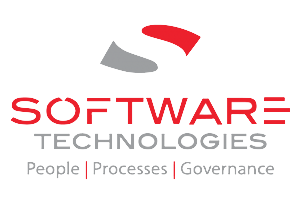ESG is a core strategic mandate and principle of the WFE and this year’s survey mapped exchange activities to the WFE’s Sustainability Principles for the first time. These principles, published in October 2018, state that exchanges will: work to educate participants in the exchange ecosystem about the importance of sustainability issues; promote the enhanced availability of investor relevant, decision-useful ESG information; actively engage with stakeholders to advance the sustainable finance agenda; provide markets and products that support the scaling-up of sustainable finance and reorientation of financial flows; and establish effective internal governance and operational processes and policies to support their sustainability efforts.
Successful integration and effective management of sustainability at a company requires having committed leadership, clear direction, and strategic influence—and none of this will happen without a robust governance structure. Sustainability governance helps a company implement sustainability strategy across the business, manage goal-setting and reporting processes, strengthen relations with external stakeholders, and ensure overall accountability.

The WFE sustainability survey captures the nature and extent of member engagement with Environment, Social and Governance (ESG) issues in both developed and emerging markets. By carrying out this survey on an annual basis, the WFE is also able to track the evolution of members’ engagement with ESG issues.
Four Considerations to Keep in Mind when Building Effective Governance Structures:
- Commitment begins at the top. Reporting to the CEO or other key C-suite leadership can help demonstrate that a company is serious about sustainability.
- Accountability must be established and communicated clearly. Accountability helps ensure that sustainability is integrated with other business goals. Including sustainability performance into the company’s annual goals and employee performance review and compensation processes may be helpful mechanisms.
- Alignment between the structure and the business is imperative. Sustainability governance structures that align with and complement the existing business model and organizational structures can be more successful than creating redundant or competing structures.
- Flexibility to adapt and build up on the sustainability program across business units and regions can advance the sustainability agenda. Allowing for some adaptation can help ensure the sustainability program’s relevance to a business unit’s own strategies or region’s local conditions. It also can generate employee engagement.
